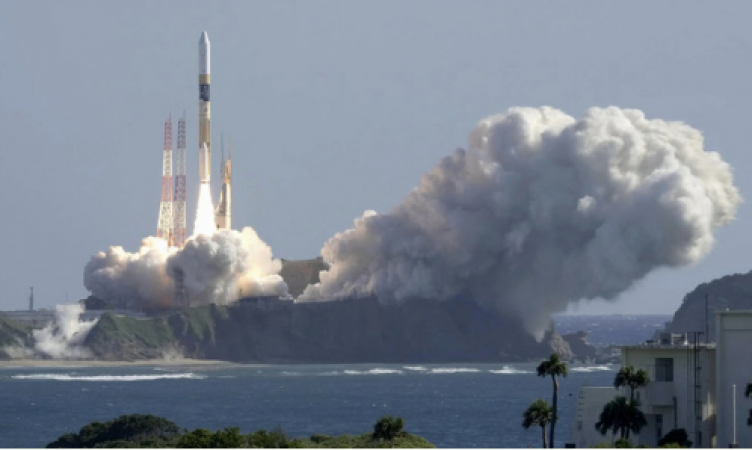
Tokyo: Japan marked a significant milestone in space exploration as a rocket carrying an X-ray telescope and a lunar lander was successfully launched from the Tanegashima Space Center.
This collaborative endeavor between Japan's space agency, JAXA, NASA, and the European Space Agency holds great promise for unraveling the mysteries of the universe and advancing lunar exploration.
XRISM: Exploring the Universe's Energetic Objects:
The X-ray Imaging and Spectroscopy Mission (XRISM) is a pioneering project that aims to study the most enigmatic and energetic entities in the universe.
Also Read: G20 Summit: PM Narendra Modi Outlines Guidelines for Ministers During Conference
Developed in cooperation with NASA and the European Space Agency, XRISM is equipped with two cutting-edge instruments: a high-resolution imager and a spectrometer.
High-Resolution Imager: XRISM's high-resolution imager has the capability to observe celestial objects that are too faint or too hot for other telescopes to detect.
This is a groundbreaking feature that can open new avenues of discovery in understanding the formation of galaxies, the evolution of stars, and the nature of exotic phenomena such as black holes and neutron stars.
Spectrometer: The spectrometer on XRISM is designed to measure the energy of X-rays emanating from these highly energetic cosmic objects.
This will provide crucial data for scientists to analyze the composition and properties of these distant and mysterious entities, contributing to our broader understanding of the cosmos.
Also Read: Examining the Remarkable Life of Kunheettumma
SLIM: Paving the Way for Future Lunar Exploration:
Japan's Commitment to Space Exploration:
Japan's unwavering commitment to space exploration highlights the global significance of these endeavors and reinforces its position as a key player in shaping the future of space science and lunar exploration.
Also Read: China Expresses Support for India Hosting G20 Summit, Pledges Support
This mission promises a wealth of knowledge and discoveries that will expand our understanding of the universe and our capacity to explore new frontiers beyond our planet.